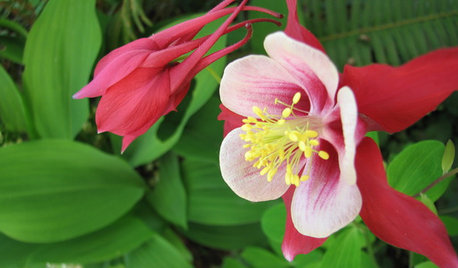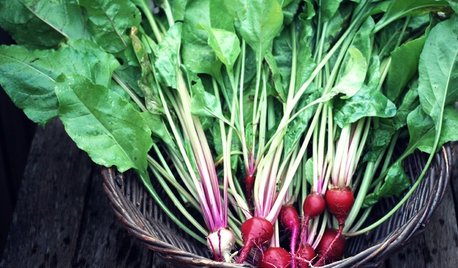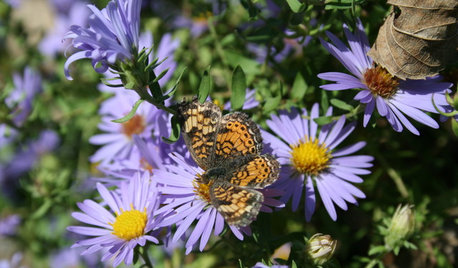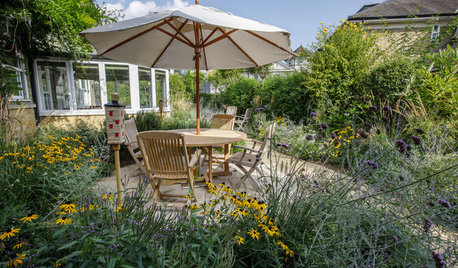Search: Hybrid larch seedlings
wisconsitom
11 years ago
Related Stories

FRUIT TREESHow to Grow Your Own Persimmons
Sturdy and easy to care for, these trees offer bright fruit through winter — and keeping them in bounds is no sweat
Full Story
GARDENING FOR BUTTERFLIESGreat Design Plant: Columbine Grows Happily in Shade and Sun
Its ethereal beauty comes from complex forms and wide-ranging colors, but columbine’s benefits are highly attractive too
Full Story
PETSHow to Help Your Dog Be a Good Neighbor
Good fences certainly help, but be sure to introduce your pup to the neighbors and check in from time to time
Full Story
EDIBLE GARDENS12 Essential Herbs for Your Edible Garden
Make home cooking and drinks even better with herbs plucked from your own backyard or windowsill pot
Full Story
FALL GARDENING6 Trees You'll Fall For
Don’t put down that spade! Autumn is the perfect time for planting these trees
Full Story
EDIBLE GARDENS8 Last-Minute Additions to a Summer Edible Garden
It’s not too late to get these vegetables and herbs planted for a bountiful harvest this year
Full Story
GRASSES10 Ways to Use Ornamental Grasses in the Landscape
These low-maintenance plants can add beauty, texture and privacy to any size garden
Full Story

SPRING GARDENINGTop 10 Scented Plants for Your Garden
A palette of perfumed plants can transform even the smallest of gardens into a sensory delight
Full Story
LANDSCAPE DESIGN4 Tips for Creating a Small Garden That Welcomes Wildlife
Win over birds, bees, butterflies and neighbors with these design strategies
Full Story



strobiculate
wisconsitomOriginal Author
Related Discussions
In search of the elusive Canadian Pimpinellifoliae - an update
Q
I've seen the larch;^)
Q
Tree Source Searching
Q
Hybrid F1, Hybrid F2, Heirloom
Q
strobiculate
lkz5ia
wisconsitomOriginal Author
strobiculate
bengz6westmd
wisconsitomOriginal Author
spruceman
Konrad___far_north
wisconsitomOriginal Author
pineresin
spruceman
spruceman
wisconsitomOriginal Author
spruceman
wisconsitomOriginal Author
spruceman
wisconsitomOriginal Author
spruceman
wisconsitomOriginal Author
spruceman
wisconsitomOriginal Author